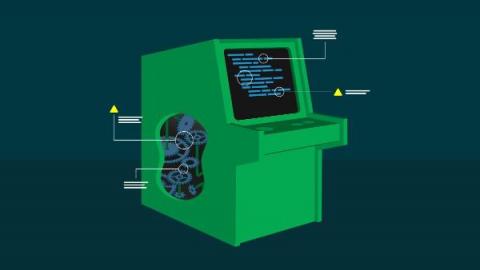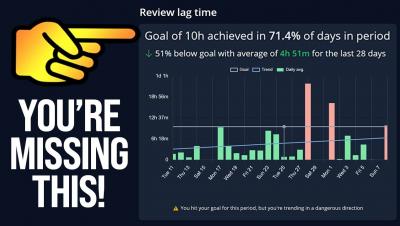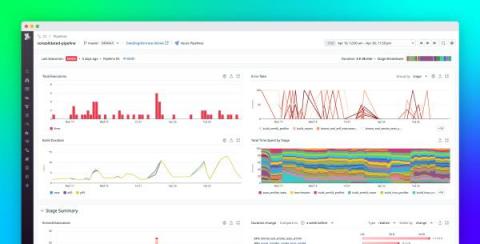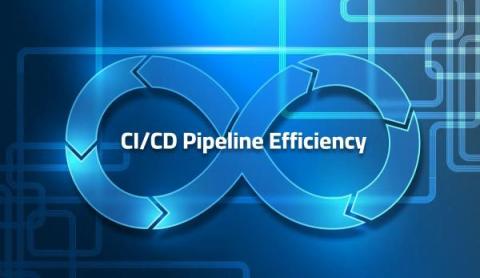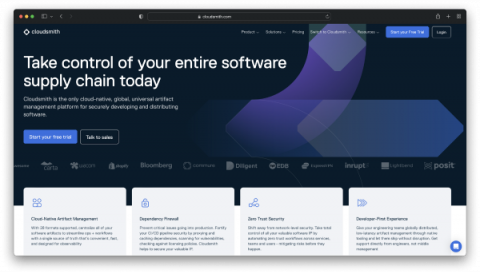A guide to static application security testing (SAST)
Static application security testing (SAST) involves analyzing source code to identify and address potential security vulnerabilities. Using SAST early in development identifies threats before they can affect a live environment. SAST is particularly important for continuous integration and continuous deployment (CI/CD) pipelines. These pipelines automate the integration of new code changes into the main codebase and deploy applications to production environments.


